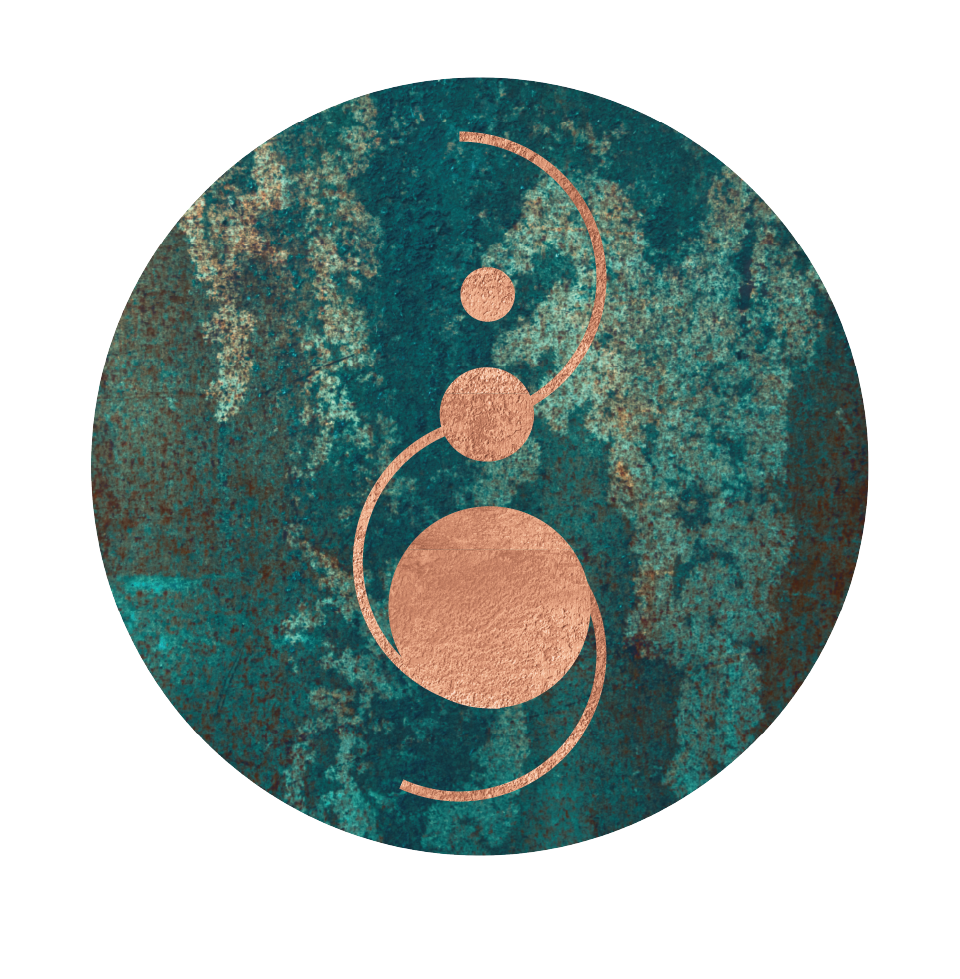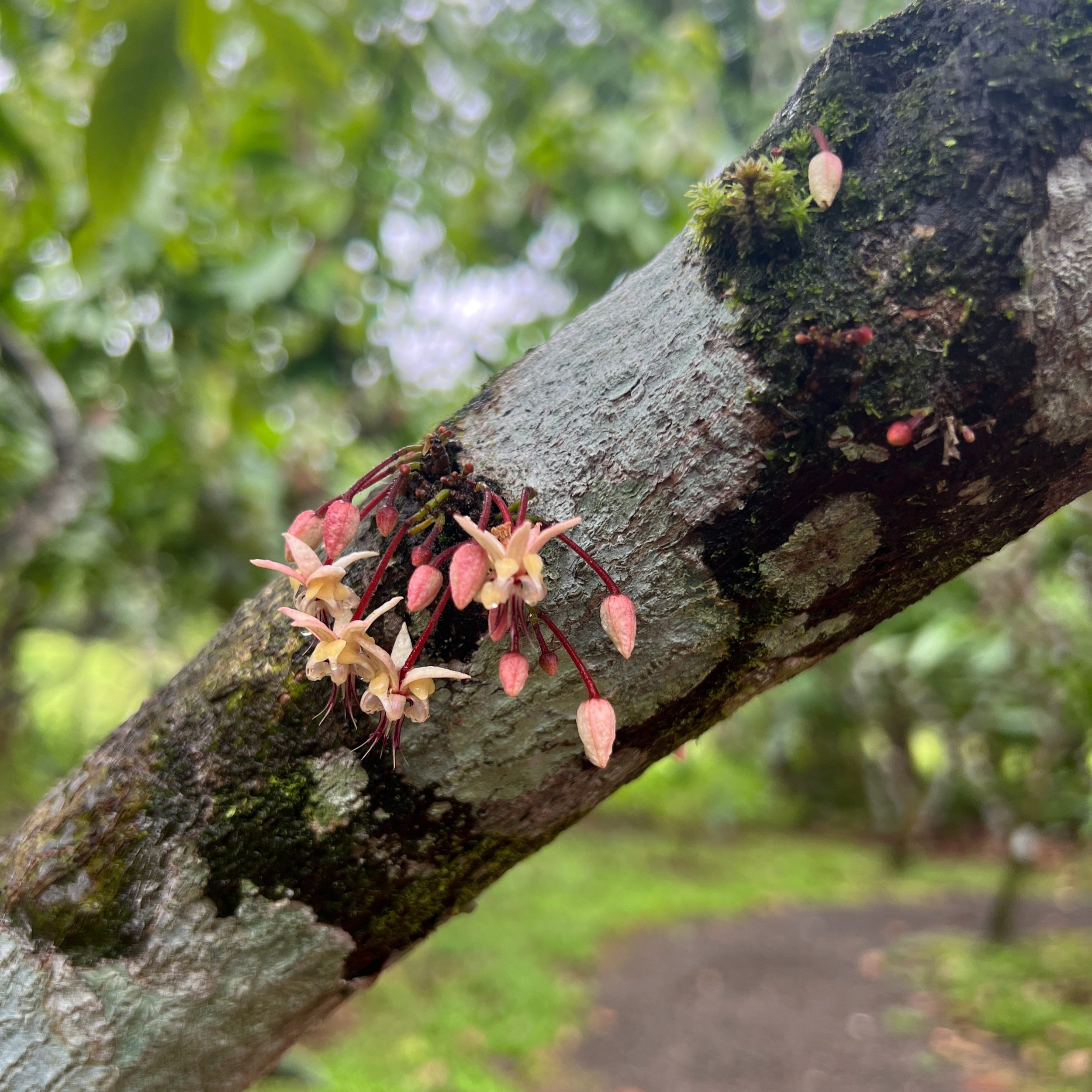Costa Rica - Part 2
If only chocolate grew on trees... oh wait?
Like many, I am a lover of chocolate in all forms - with a mature palate, I've enjoyed the darkest, bitter bars since a young tender age. Apparently, the only thing my Mum could stomach through pregnancy was hot chocolate - so I was quite literally grown and raised on it! Chocolate is a primary food group for me; a bar a day keeps me satiated, unless it's before, during or just after my period... when I can crave more. Anyone else?
In the summer of 2021, I met the sacred heart of cacao as I began consciously working with her medicine and drinking daily as part of my morning ritual. I have taken phases of pause and the summer for integration. But now, as the weather shifts and nights draw in, I find myself wanting an unctuous, rich cup of ceremonial cacao - perfect for those misty mornings, to warm the heart, soothe frayed nerves and take a sacred moment for self.
Where does chocolate come from...
I have always been mindful of sourcing the highest-grade cacao or cocoa from women's cooperatives or companies that support the growers, ensuring fair pay and a sustainable harvest. I buy from distributors such as Ruk'u'x Ulew, A Small Seed and the The Cacao Runners.
Chocolate Tree Tour
While in Costa Rica, we had the opportunity to visit a small working cacao farm nestled in the rainforests surrounding Volcano Tenorio. We were greeted in a verdant garden of herbs and spices before our guide showed us through their picturesque plantation of cocoa trees interspersed with coconut, banana and other citrus fruit trees.
I was fascinated to learn that the Theobroma cacao tree produces around 250,000 tiny flowers each year, with a male flower and female ovules, which, once pollinated, become the cacao pod.
Even more astonishing was learning how cocoa flowers are pollinated. A timely discovery after we'd grumbled over granola at breakfast about mosquitos and how pointless they are! Comparing our current bite count and who's were itchiest.
Cocoa flowers are pollinated entomophily (by insects), and given their size (just two centimetres long), the shape and texture of the petals, tiny insects, such as the mosquito, are the prime pollinators! Finally, my irritating nemesis had meaning ;)
We were invited to harvest our own pod from the tree, which our guide split open to reveal the embryo seeds in their jellied white coat. Curious, we tasted the pulp, which was unusually fruity, sweet yet sharp, with a hint of chocolatey flavour.
Once back at the 'house', a basic open-aired barn, they showed us how to turn seed to bean and bean to bar - a term often used in popular chocolate culture. The beans undergo a 5-7 day ferment, followed by a 5-day drying process, which includes manual selection, to ensure that only the best quality beans are turned into chocolate.
The tour ended with a refreshing, cold cacao drink and an opportunity to buy their in-house craft chocolate. Naturally, we left with a good supply, and some even made it home as gifts for family.
What is Cacao
Cacao is the raw version of chocolate, thereby retaining its wonderful nutritional profile – extremely high in trace minerals such as iron, magnesium, potassium, zinc, chromium and anti-oxidants. These properties support the cardiovascular system and heart health and help to balance blood sugar.
Theobroma Cacao means 'food of the gods' and has long been revered for its wide range of health-giving properties. Cacao as plant medicine originated in ancient Mayan and Aztec cultures to connect with the gods, uniting the worlds of earth and sky by deepening their own heart connect, to feel a connection to all things.


